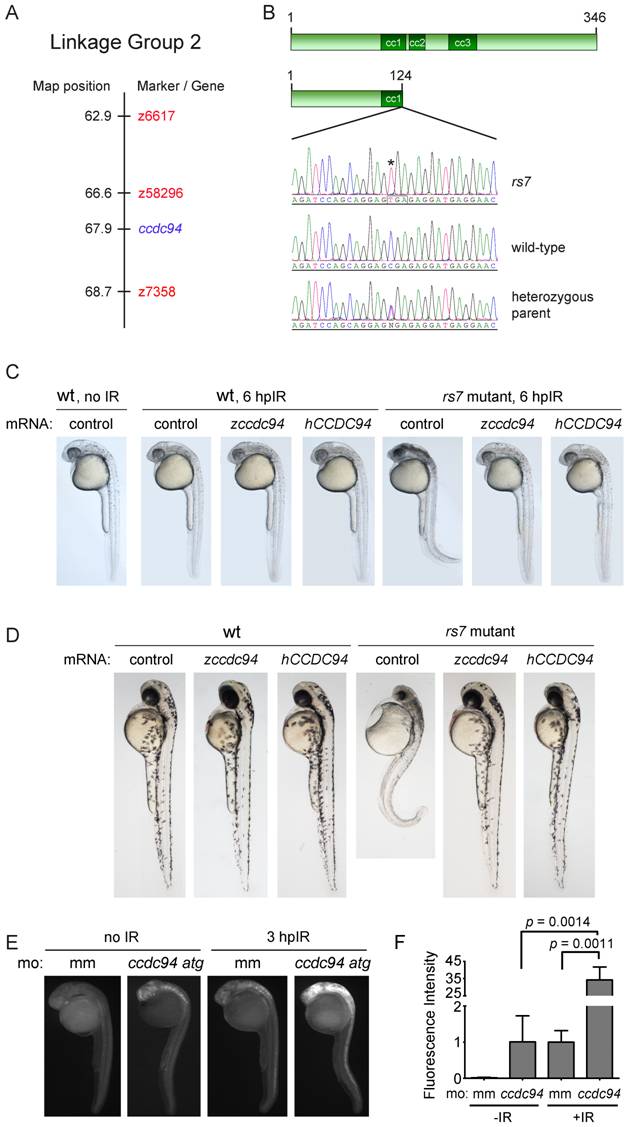Fig. 2 The rs7 phenotype is caused by a mutation in the ccdc94 gene.
(A) The rs7 mutation was localized to a 2.1 cM region (compared to the Massachusetts General Hospital genetic map for linkage group 2) as defined by flanking markers z58296 and z7358. (B) Sequencing of candidate genes (based on gene expression profiles) revealed a premature stop codon in the ccdc94 gene. Sequence from the ccdc94 gene exon 4 is shown for an rs7 mutant, an unrelated wild-type AB embryo, and a heterozygous parent of the rs7 mutant. Asterisk indicates the rs7 point mutation, and box illustrates mutation to a TGA nonsense codon. (C) Wild-type AB strain or rs7 heterozygous fish were incrossed, and the progeny were injected with mRNA encoding the indicated genes at the one-cell stage of development. At 24 hpf, embryos were exposed to 8 Gy IR and visualized by brightfield microscopy 6 hours later. (D) Embryos were injected similar to (C) but were not irradiated. Instead, they were left to develop until 48 hpf. (C and D) Because rs7 mutant and sibling embryos injected with wild-type ccdc94 mRNAs were morphologically indistinguishable, pictures were taken first, and the embryos were subsequently genotyped to identify mutants. (E) Wild-type embryos were injected with 400 μM mismatch morpholino (mm) as a negative control, or a translation-blocking ccdc94 morpholino (ccdc94 atg). Embryos were then irradiated at 24 hpf with 8 Gy IR and analyzed three hours later by immunofluorescence to detect activated Caspase-3. (F) Embryos in (E) were quantified similar to Figure 1D. Comparisons between mismatch morpholino-injected embryos plus and minus IR generated a p value of 0.0114. See also S3.

